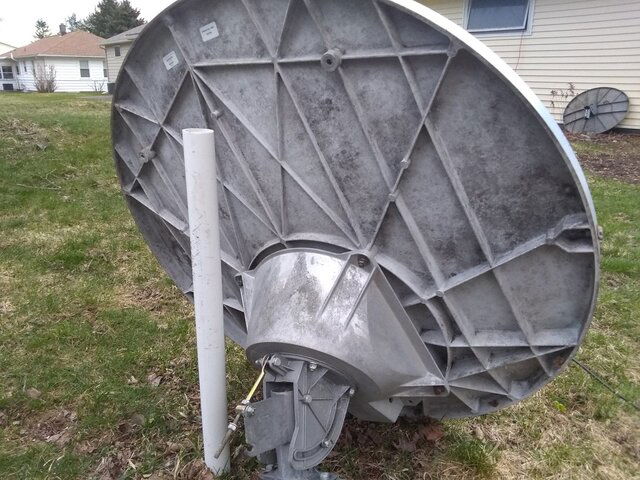Of course, it is round but with not flat face.
OK.
BTW: I have just succeeded in deriving an
equation for calculating the corresponding width, to the height and depth measure of such a
non-flat paraboloid dish;
so that the
offset angle and all other dish specifications (
focal length, topstring, bottomstring, etc) can be calculated from these input variables.
So basically you get the same width value, as with the water method (lying the dish horizontally, and filling it with water, as shown in the picture in John Legon's article); but you don't have to use any water.

Needed inputs for the calculation:
1) dish
hight
2)
depth of the dish in the middle: from dish surface
to the line top-bottom of the dish
3) dish
width (from left to right), measured exactly above the middle of the dish
4)
depth of the dish in the middle, but now measured from dish surface
to the line left-right of the dish.
(I first had a much more complicated algorythm, with many repeated identical steps; but now I succeeded in deriving an equation to reach exactly the same result in one step.

)
So if anybody, or the topicstarter, needs to find the specs on a non-flat paraboloid dish; I could calculate them for you.
I will probably 'publish' the equation in the near future.
(I still want to make some drawings, to clarify further how the measurements should be done, so that the use of the equation will be perfectly clear.)
After that, I still want to check sometime, if such dish-specs calculations also can succesfully be done for toroid dishes (such as that of RimaNTSS).
Greetz,
A33








